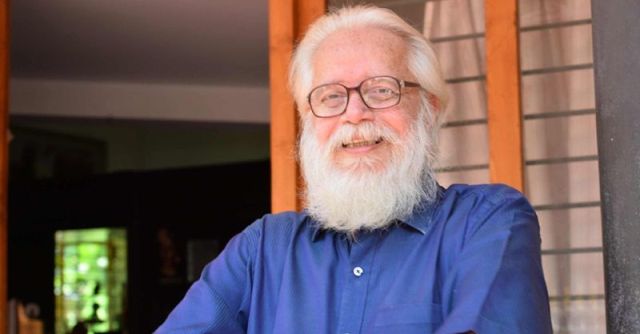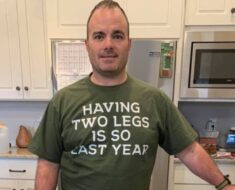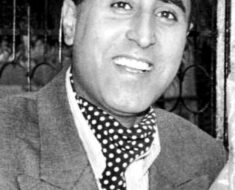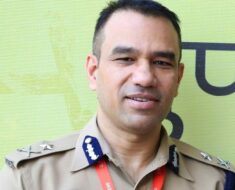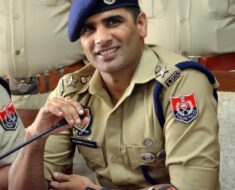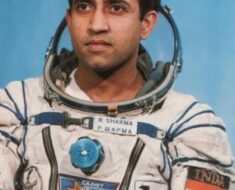This comprehensive blog post delves into the life and career of S. Nambi Narayanan, a distinguished former scientist of the Indian Space Research Organisation (ISRO).
Wiki/Biography
S. Nambi Narayanan was born on December 12, 1941 (age 82 as of 2023) in Kerala, India. His birthplace is Nagercoil in the Kanyakumari district of Tamil Nadu. He attended DVD Higher Secondary School, Nagercoil, and later pursued a Bachelor’s degree in Mechanical Engineering from Thiagarajar College of Engineering, Madras University, Madurai. He joined the Thumba Equatorial Rocket Launching Station (TERLS) in Thiruvananthapuram on September 12, 1966, as part of a 20-member team.
In 1969, he earned a NASA fellowship, further enhancing his expertise. He completed his Master’s degree in Chemical Rocket Propulsion from Princeton University, New Jersey. Despite being offered US citizenship by NASA, Narayanan chose to return to India to contribute his knowledge and skills to the nation’s space program. Tragically, in 1994, he was falsely accused in the infamous ISRO spy case.
Family, Wife & Caste
Nambi Narayanan hails from a Hindu family. He experienced the loss of his father while studying in Madurai, an event that deeply affected his mother and family. He had two sisters.
He is married to Meena Nambi. The couple has two children: a son, Sankara Kumar Narayanan (a businessman), and a daughter, Geetha Arunan (a Montessori school teacher in Bangalore).
Career
Narayanan’s illustrious career at ISRO began in 1966. In the early 1970s, he foresaw the critical need for liquid-fueled engines in ISRO’s future civilian space programs. He played a pivotal role in designing India’s first thrust liquid propellant motors (approximately 600kg), pioneering liquid fuel rocket technology in the country. This work ran concurrently with A.P.J. Abdul Kalam and his team’s efforts on solid motors.
His projects received strong support from prominent ISRO chairmen Satish Dhawan and U. R. Rao. He led the cryogenics division, focusing on the production of materials at extremely low temperatures. With French collaboration, he was instrumental in developing the Vikas engine, a crucial component in several ISRO rockets, including the Polar Satellite Launch Vehicle (PSLV). The Vikas engine powered missions like Chandrayaan-1 and Mangalyaan and was also used in the second and fourth strap-on stages of the Geo-Synchronous Satellite Launch Vehicle (GSLV).
Controversies
In 1992, India had a ?235 crore agreement with Russia for cryogenic fuel technology transfer. However, pressure from the US and France (offering the same technology for approximately ?950 crore and ?650 crore respectively) led to the deal’s cancellation. A revised agreement for manufacturing four cryogenic engines through global tender (without technology transfer) was also scuttled due to the false espionage scandal that emerged in 1994.
In 1994, Narayanan, along with fellow scientist D. Sasikumaran, and two Maldivian women (Mariam Rasheeda and Fauzia Hassan), faced false charges of leaking vital defense secrets, including flight test data. Others accused included ISRO contractor S.K. Sharma and a Russian space agency official, K. Chandrasekhar. Narayanan endured 50 days in custody, suffering significant mental and physical torture.
The CBI dismissed the charges in 1996 due to lack of evidence. The Supreme Court of India exonerated him in 1998, clearing his name. The NHRC ordered Kerala state to compensate him in 2001, followed by further court-ordered compensation in 2012 and 2018.
Facts
• Collaborated with eminent scientists like Satish Dhawan, Vikram Sarabhai, Dr. APJ Abdul Kalam, and U.R. Rao.
• Received inadequate support from ISRO during the legal battles, as stated by then-ISRO chairman Krishnaswamy Kasturirangan.
• His autobiography, ‘Ormakalude Bhramanapatham,’ detailed the ISRO espionage case and the torture endured by the accused.
• Awarded the Padma Bhushan in 2019.
• His life story was depicted in the 2019 film “Rocketry: The Nambi Effect.”
Compensation Received
| Year | Authority | Amount | Reason |
|---|---|---|---|
| 2001 | National Human Rights Commission (NHRC) | ?1 crore | Compensation for wrongful imprisonment and torture |
| 2012 | Kerala High Court | ?10 lakhs | Based on NHRC appeal |
| 2018 | Supreme Court of India | ?75 lakhs + ?50 lakhs | Compensation for mental cruelty, defamation, and unlawful arrest and harassment. |
“`

